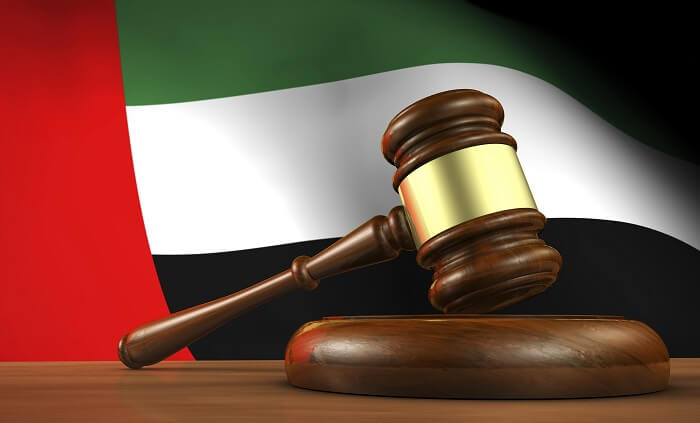Analysis of the UAE Federal Law on the Regulation of Penal and Correctional Institutions (Issued November 26, 2024)


On November 26, 2024, the United Arab Emirates issued a groundbreaking Federal Law aimed at regulating penal and correctional institutions, reinforcing the nation's commitment to upholding human dignity, advancing rehabilitation, and ensuring the efficient administration of justice. This law signifies a progressive approach in aligning the country’s correctional system with international standards while considering the unique cultural and social fabric of the UAE.
Key Features of the Law
1. Objectives and Guiding Principles
The primary objectives of the law include:
Protecting the rights and dignity of inmates.
Promoting the rehabilitation and reintegration of offenders into society.
Ensuring the security and operational efficiency of correctional facilities.
Providing a humane and just environment within penal institutions.
The law emphasizes balancing justice with mercy, recognizing that rehabilitation is as important as punishment.
2. Rights of Inmates
The law introduces specific provisions to safeguard the rights of individuals incarcerated in the UAE, including:
Access to Legal Counsel: Ensuring that all inmates have the right to communicate with their legal representatives without undue interference.
Healthcare Services: Mandating the provision of comprehensive healthcare within correctional facilities.
Family Visits: Allowing inmates to maintain contact with their families through regulated visitation programs, fostering emotional support and social ties.
Rehabilitation Programs: Requiring correctional facilities to offer educational, vocational, and psychological rehabilitation programs tailored to individual needs.
3. Classification of Inmates
A significant reform under the law is the classification of inmates based on:
The nature and severity of the offense.
The risk level posed by the inmate.
Their rehabilitation needs.
This classification system ensures that resources are allocated efficiently, and high-risk offenders are managed separately from those with minor offenses, reducing the risk of negative influences.
4. Alternative Sentencing Mechanisms
The law encourages the use of alternative sentencing for non-violent offenders, including:
Community Service: Assigning individuals to work on public projects instead of serving jail time.
Electronic Monitoring: Using technology to supervise offenders outside prison walls.
Rehabilitation Orders: Requiring participation in treatment programs for issues like substance abuse or anger management.
These measures aim to alleviate the burden on correctional facilities and promote social reintegration.
5. Oversight and Accountability
The law mandates the establishment of an independent oversight body to:
Conduct regular inspections of correctional facilities.
Investigate allegations of abuse or misconduct.
Ensure compliance with the standards set out in the law.
This reflects the UAE’s commitment to transparency and accountability in its justice system.
Alignment with International Standards
The law draws from international human rights frameworks, including:
The United Nations Standard Minimum Rules for the Treatment of Prisoners (Nelson Mandela Rules):Ensuring humane treatment and living conditions for inmates.
The Bangkok Rules: Addressing the unique needs of female inmates.
By incorporating these principles, the UAE positions itself as a regional leader in progressive correctional reforms.
Implications and Challenges
For the Justice System
The law is expected to reduce recidivism by emphasizing rehabilitation over punishment. It also enhances public trust in the judicial system by guaranteeing the humane treatment of offenders.
For Correctional Institutions
Facilities must adapt to implement the law’s provisions, which may require significant investments in infrastructure, training, and technology. The shift toward alternative sentencing also necessitates collaboration with community organizations.
For Society
Rehabilitation-focused measures aim to reduce stigma and provide former inmates with opportunities to contribute positively to society. However, achieving public buy-in for such reforms may require awareness campaigns to highlight their long-term benefits.
Conclusion
The UAE Federal Law on the Regulation of Penal and Correctional Institutions is a milestone in the nation’s legal landscape. By balancing punitive measures with rehabilitation and safeguarding inmate rights, the law aligns with global best practices while addressing the UAE’s unique societal needs. Its implementation will likely serve as a model for neighboring countries and underscore the UAE’s commitment to a fair, just, and humane legal system.


